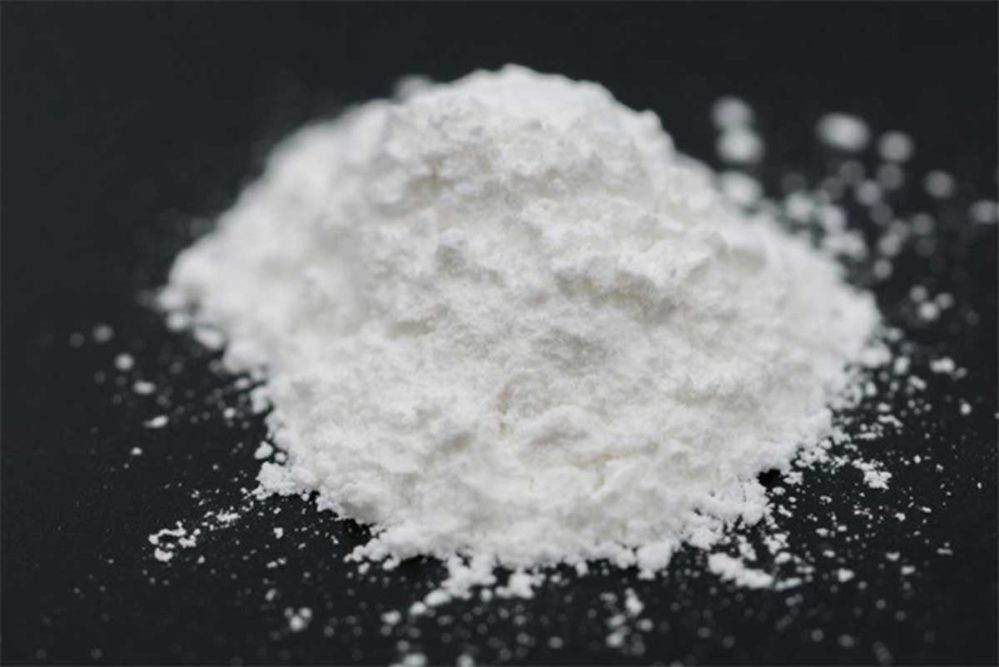As the baking industry reviews the Dietary Guidelines for Americans 2020, sodium remains a concern. The average intake of Americans is 3,393 mg a day. That average sits near the middle of a range that spans about 2,000 to 5,000 mg of sodium daily. Compare that with the amount of sodium Americans should be consuming: between 1,000 and 2,200 mg per day, depending on age and caloric intake. To quote the Dietary Guidelines themselves,
“There is very little room for food choices that are high in sodium.”
Sodium is in many foods, especially those produced commercially. According to the National Health and Nutrition Examination Survey for 2013-2016, yeast breads and tortillas made up 3% of sodium intake. That’s not terrible, but throw in other categories that also include the baking industry: Desserts and sweet snacks contribute 4%; chips, crackers and savory snacks make up another 4%; and sandwiches dominate, contributing to 21% of the average sodium intake. While all the components of a sandwich — meat, cheeses, vegetables and condiments — contribute to that final tally, the bread carrying all of those ingredients makes its own contribution.
Reducing sodium, however, is no easy task. Cutting the amount of salt, or sodium chloride, may be the most straightforward way to bring the number down, but this route to sodium reduction may mute taste, the consumer’s No. 1 priority no matter how much they say they want to eat healthy. Finding other avenues to reduce the sodium content of a formulation can help offset the flavor impact and still hit the goal number. In products like cakes, biscuits, crackers, cookies, muffins and pizza crusts, the chemical leavening system can provide just the path.
Chemical leavening systems contain a base and an acid that when they react create the rising effect that provides volume in baked goods, when they aren’t relying on natural leaveners like yeast. These ingredients can make a significant contribution to the final sodium count.
“There are some sodium-free and low-sodium chemical leavening products on the market that can make a huge impact on the sodium content of the final product,” said Nita Livvix, R&D manager, Clabber Girl. “Up to 50% of the sodium can come from leavening agents, but there are options available that can reduce sodium.”
Despite the alternatives out there, the most commonly used chemical leaveners have sodium in the name.
“Sodium bicarbonate is the most frequently used carbon dioxide in chemical leavening systems because of its ease of use, predictable performance and relatively low cost,” said Robert Berube, technical services manager, Church & Dwight.
Sodium bicarbonate is 27.4% sodium by weight, but it doesn’t stop with the base. Sodium acid pyrophosphate (SAPP), sodium aluminum sulfate (SAS) and sodium aluminum phosphate (SALP) show up often in bakery applications due to their capability to tailor to a product’s specific characteristics, Mr. Berube explained. SAPP contributes 20.7% sodium by weight, SAS provides 9.5%, and SALP contributes 7.7%. Replacing one or both sides of the chemical leavening system can make a significant dent in the sodium contribution.
“For example, the substitution of calcium acid pyrophosphate for SAPP in a typical double-acting baking powder formulation can reduce approximately half of the sodium content found in the leavening system,” said Paul Bright, senior innovation manager and product category manager for chemical leavening, AB Mauri North America. “If the formulator is looking to achieve a higher level of sodium reduction, the substitution of both SAPP and sodium bicarbonate with calcium acid pyrophosphate and potassium bicarbonate, respectively, can further reduce sodium content in the leavening system by nearly 100%.”
This article is an excerpt from the March 2021 issue of Baking & Snack. To read the entire feature on chemical leavening, click here.




